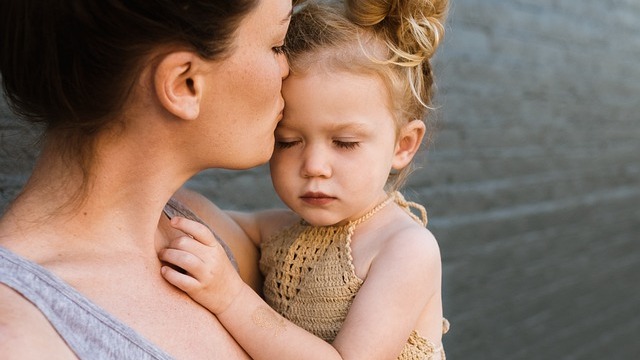
Understanding Separation Anxiety: A Parent's Perspective
As children prepare for their first day of school, parents often experience a whirlwind of emotions. Excitement can quickly be mingled with dread at the thought of letting their children go. This emotional landscape is known as separation anxiety—a common phenomenon where both children and parents can struggle with the process of parting. Drawing on expert insights, let’s explore how you can manage your own separation anxiety while easing your child into a new routine.
Creating Goodbye Rituals
Establishing a consistent farewell ritual can help both parents and children navigate the emotional tug-of-war of separation. A simple act like a special hug followed by a rhyme can provide comfort and predictability. Over time, this ritual can make goodbyes a little smoother.
Be In Tune With Your Feelings
Feelings of sadness during separations are perfectly normal for parents. The emotional bond you share with your child is significant, and it’s okay to acknowledge your own emotions openly. By being honest with yourself, you can better navigate those emotions and not let them spill over into your child’s experience.
Fostering Independence
Parents can inadvertently project their anxieties onto their kids. It’s vital to cultivate faith in your child's ability to adapt. Invest time in getting to know your child’s teacher, which builds trust for both you and your child. Understanding how educators handle transitions will allow you to feel more comfortable about leaving your child in their care.
Empowering Children Through Routine
Children thrive on structure, especially during times of uncertainty. This is where school routines come into play. Implementing a consistent morning routine, including preparation for school, lunch ideas, and activities for homework help, can foster a sense of stability and anticipation for what the day holds.
Encouraging Conversations with Your Child
Engage in open dialogues with your child about their feelings regarding school and separation. These conversations can help de-stigmatize feelings of anxiety and allow your little one to express their concerns. The emotional support from you can serve as a powerful tool in their adjustment process.
Conclusion: Navigating New Beginnings Together
As you embark on this new chapter of your family life, remember that both you and your child are learning together. Take the time to care for your emotional well-being while also providing the reassurances your child needs. The journey towards independence is complex, but with love, patience, and a solid routine, you can empower your child to thrive in new environments.
 Add Row
Add Row  Add
Add 




Write A Comment